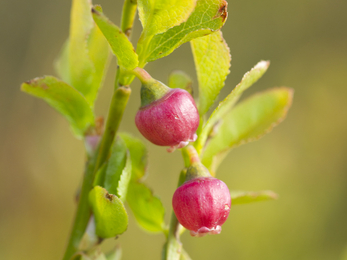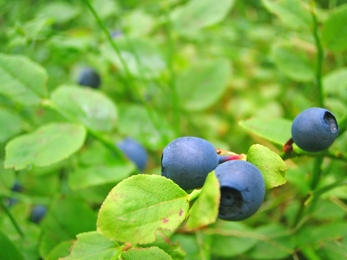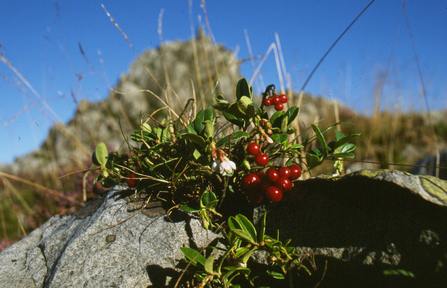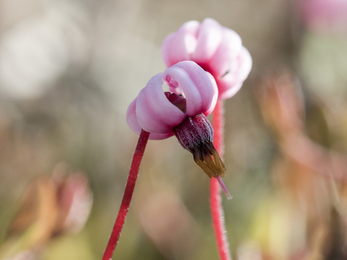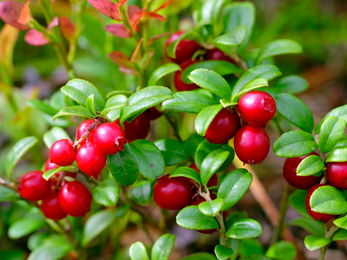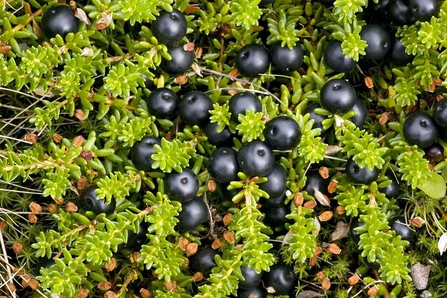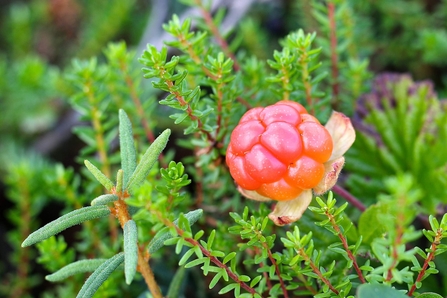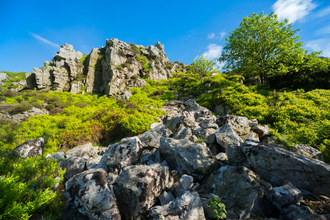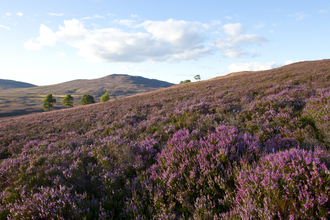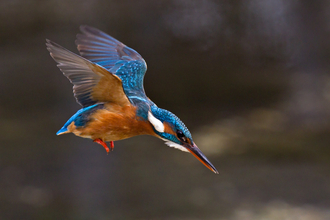The importance of being a berry
As summer turns to autumn, berries are brightening up hedgerows and landscapes across Shropshire, providing food for people and wildlife. They play an essential role in the life of an ecosystem, attracting insects and birds which in turn spread the plants seeds and generate new growth.
There are many well known berries which are commonly collected by humans, blackberries being a prime example and easily recognisable. There are berries such as rowan and hawthorn, which are inedible to humans when raw, but they can be made edible by roasting and boiling. They are very hard berries to digest when eaten straight from the tree, but that doesn't make them any less valuable as a food source to wildlife. Blackbirds and thrushes eat hundreds of these berries during autumn and can be seen picking them in hedgerows and trees. But an array of mammal species take advantage of the berry explosion too. Rowan berries grow in large bunches and fall off the branches when they get too heavy, creating a natural buffet on the ground for badgers, foxes, voles and even pine martens.
The moorlands and peatbogs of Shropshire provide other types of berries from the Vaccinium family. We have three species in Shropshire, some relatively rare but findable on our Stiperstones nature reserves.
Two other autumn berries, crowberry and cloudberry are also found locally, but are much rarer. All of these berries play a key role in each of these habitats...so if you do go out collecting berries, only ever take what you need and make sure that there is plenty left for the local wildlife!


